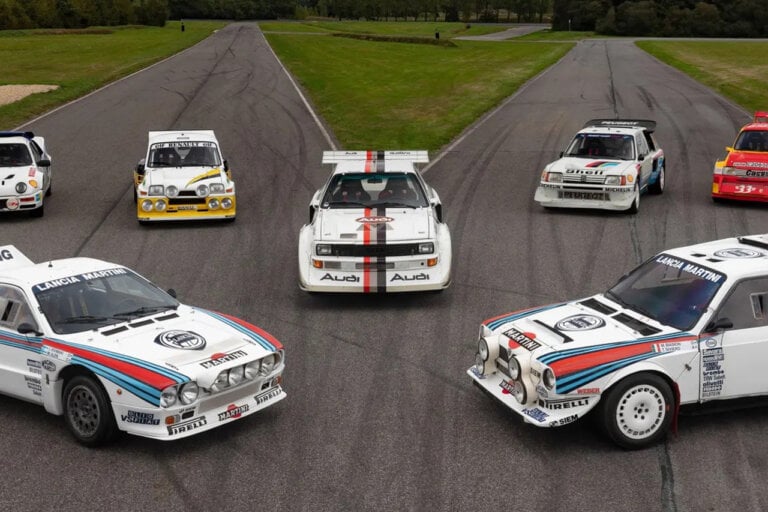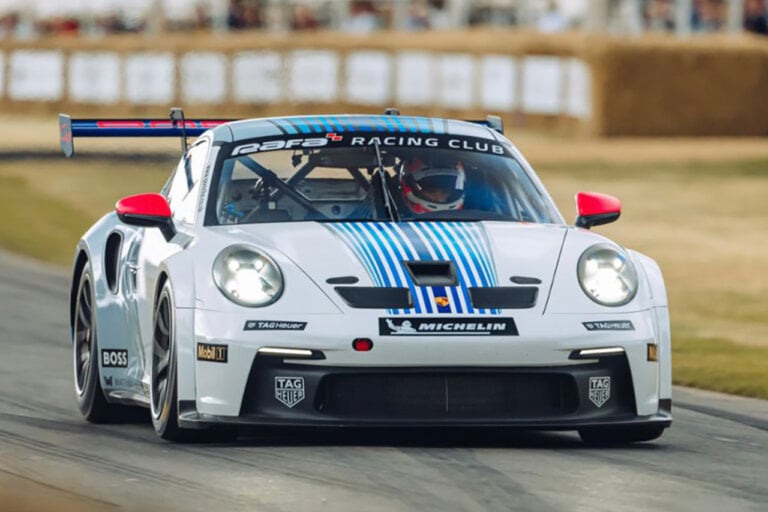McLaren Automotive’s Road-Legal Cars
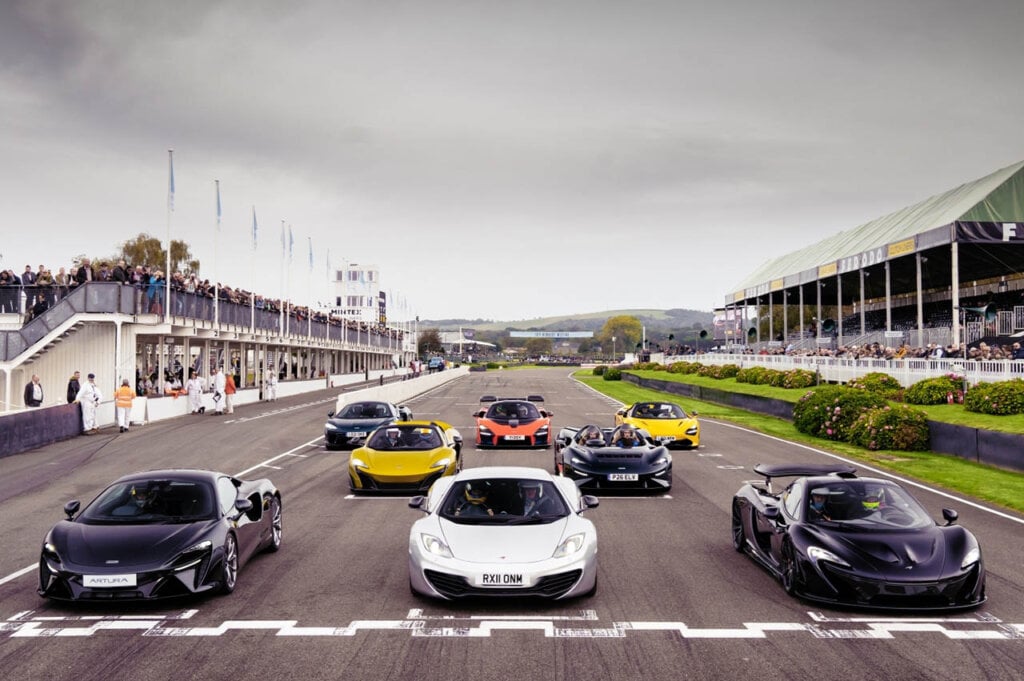
After the production run of the F1 and a 10-year hiatus, McLaren returned to the automotive market as McLaren, as a standalone manufacturer in 2010. Following the relaunching of the brand, McLaren Automotive launched various supercars and planned to add more to their lineage. Here are some of McLaren Automotive’s iconic supercars.
Mercedes-Benz SLR McLaren

Source: McLaren Newsroom

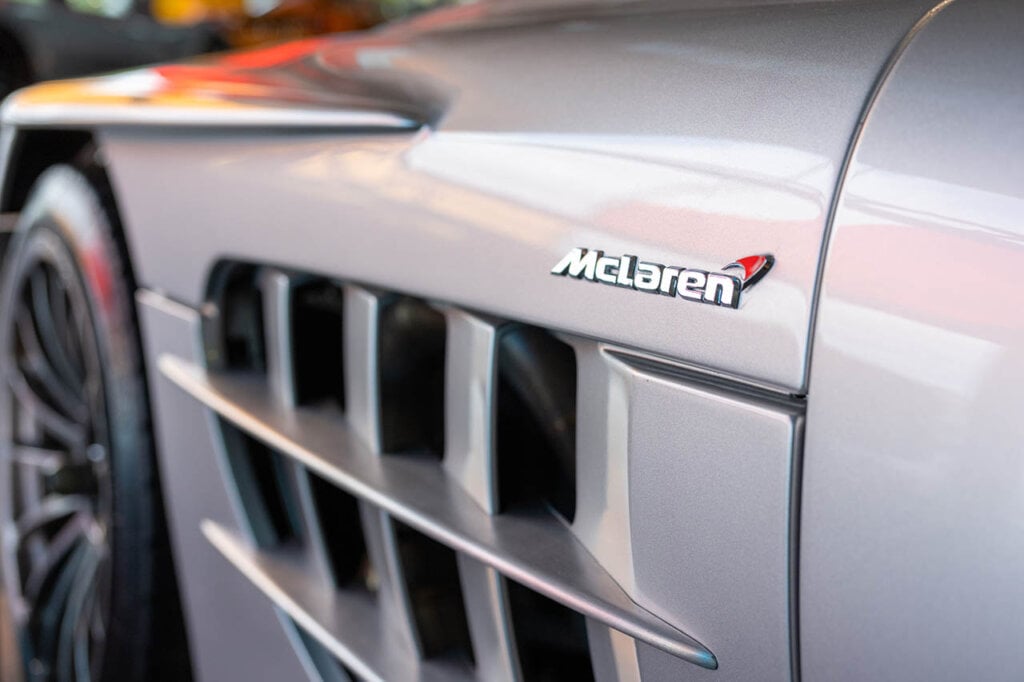
Introduced in 2003, this grand tourer exemplifies a fusion of cutting-edge technology and elegant design. The “SLR” stands for “Sport, Leicht, Rennsport” in German, translating to “Sport, Light, Racing” in English, underlining its racing heritage and lightweight construction. The SLR McLaren boasts a 5.4-litre supercharged M155 SLR V8 engine, delivering a respectable power output of 617 hp. Coupled with a powerful engine, this supercar can achieve a top speed of 207 mph and an acceleration of 0 to 60 mph in a mere 3.4 seconds. The SLR McLaren also features a unique brake system called Sensotronic Brake Control, a type of brake-by-wire system. It’s composed of a carbon ceramic based disc that provides better stopping power and fade resistance than your typical steel disc.

McLaren MP4-12C
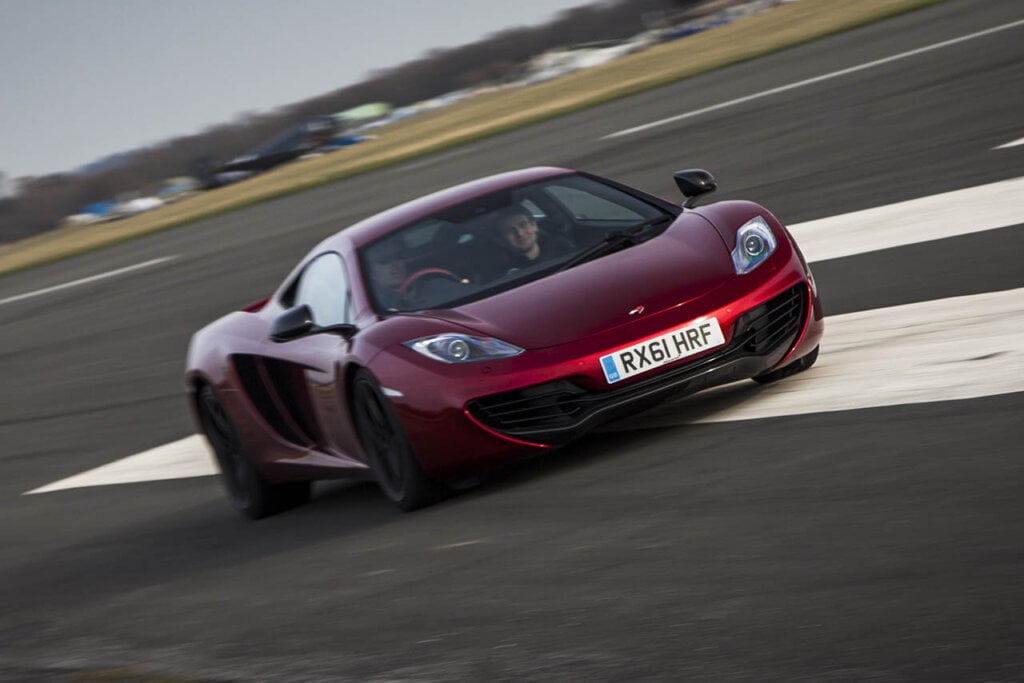
Source: McLaren Newsroom
The McLaren MP4-12C was one of McLaren’s first ever entirely conceived and constructed by McLaren since its rebranding. The MP4-12C features a chassis constructed from carbon fiber composite and is propelled by a McLaren M838T 3.8 L twin-turbocharged V8 engine mounted longitudinally. This powerhouse generates an impressive output of around 592 hp at 7,500 rpm, coupled with 443 lbf⋅ft of torque at 5,600 rpm. Leveraging Formula 1-derived technologies, the car incorporates innovations like “brake steer”, a system that strategically applies braking to the inside rear wheel during rapid cornering to lessen understeer. An open-top variant of the vehicle, initially named the MP4-12C Spider and later rebranded as the 12C Spider in 2012, was offered as well. McLaren introduced the related 650S in February 2014, featuring updated bodywork, enhanced engine performance, and various technical upgrades.


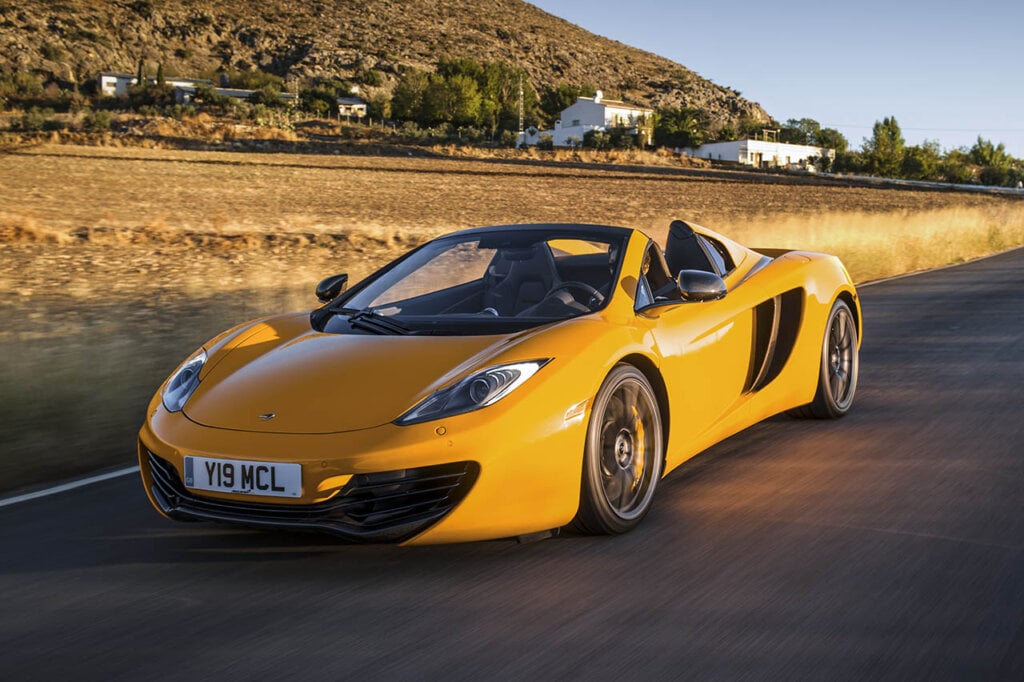
Source: McLaren Newsroom
McLaren 650S

Source: Tokumeigakarinoaoshima via Wikimedia Commons
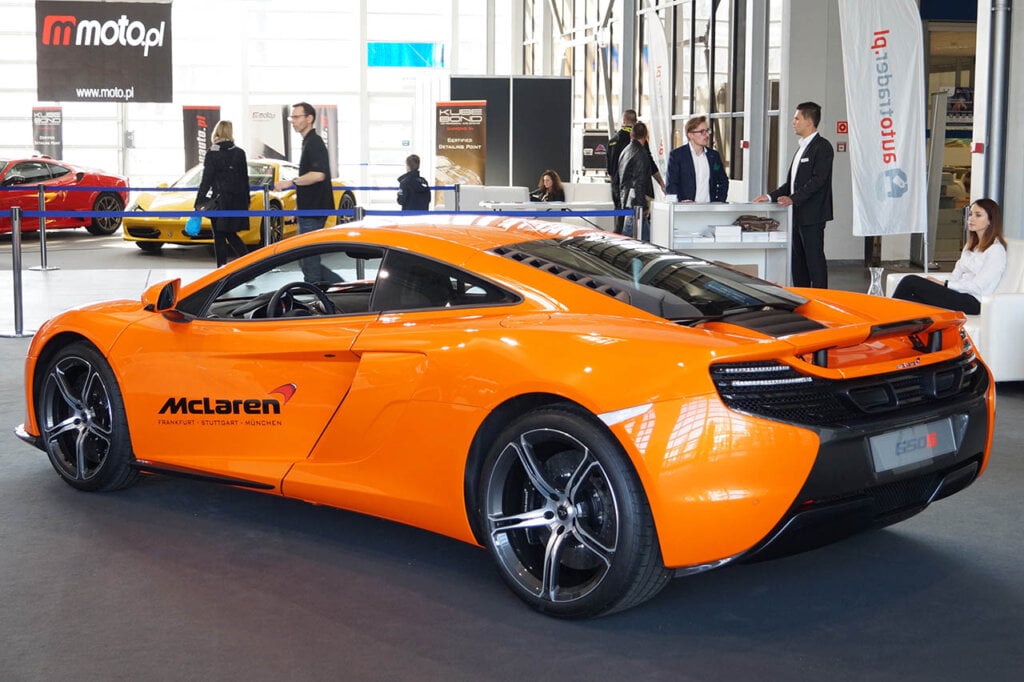
Introduced as the successor of the 12C, McLaren released the 650S. This model shares the MP4-12C’s carbon-fiber-reinforced polymer chassis, and is powered by the same 3.8-litre twin-turbocharged McLaren M838T V8 engine, but is now rated at 641 hp and 500 lb⋅ft of torque. Power is transmitted to the wheels through a seven-speed dual-clutch Seamless-Shift gearbox (SSG) provided by Graziano Trasmissioni. The 650S is a major step forward of the preceding 12C and uses the findings gained from the P1 in order to make the car more responsive and focused. It was initially designed to be offered alongside the 12C but the declining sales of the 12C prompted McLaren to market the 650S as its replacement. Variants were later introduced with improvements in performance, redesigned body styles and modifications for racing. The 650S boasts an asserted top speed of 207 mph, achieving a swift acceleration from 0 to 62 mph in 3.0 seconds and from 0 to 124 mph in just 8.4 seconds.
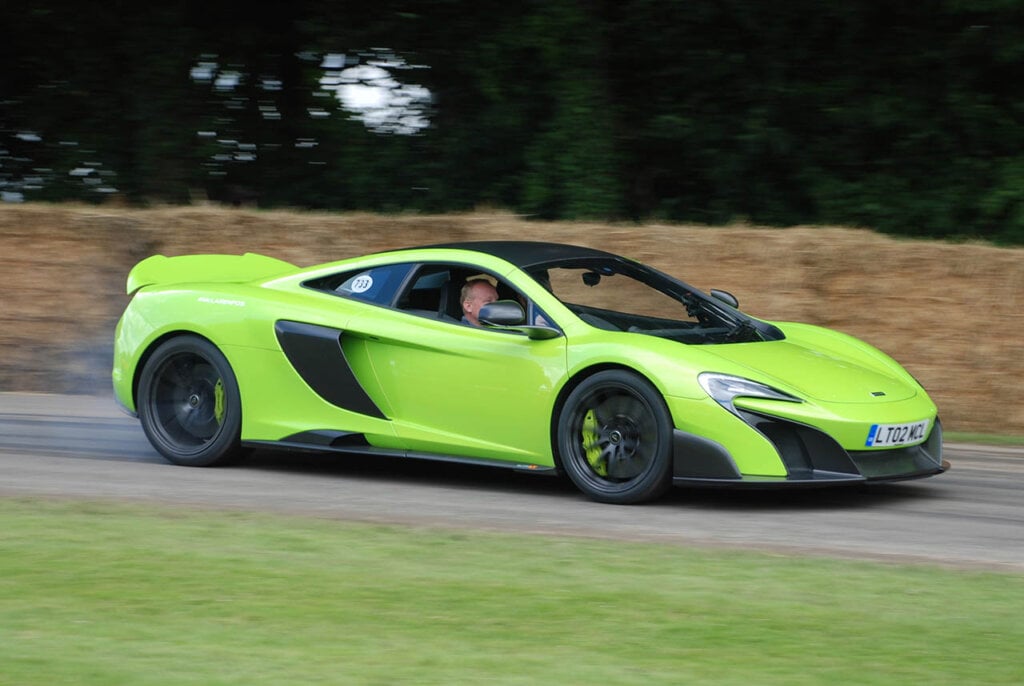
Source: Jakub “Flyz1” Maciejewski via Wikimedia Commons
McLaren Senna
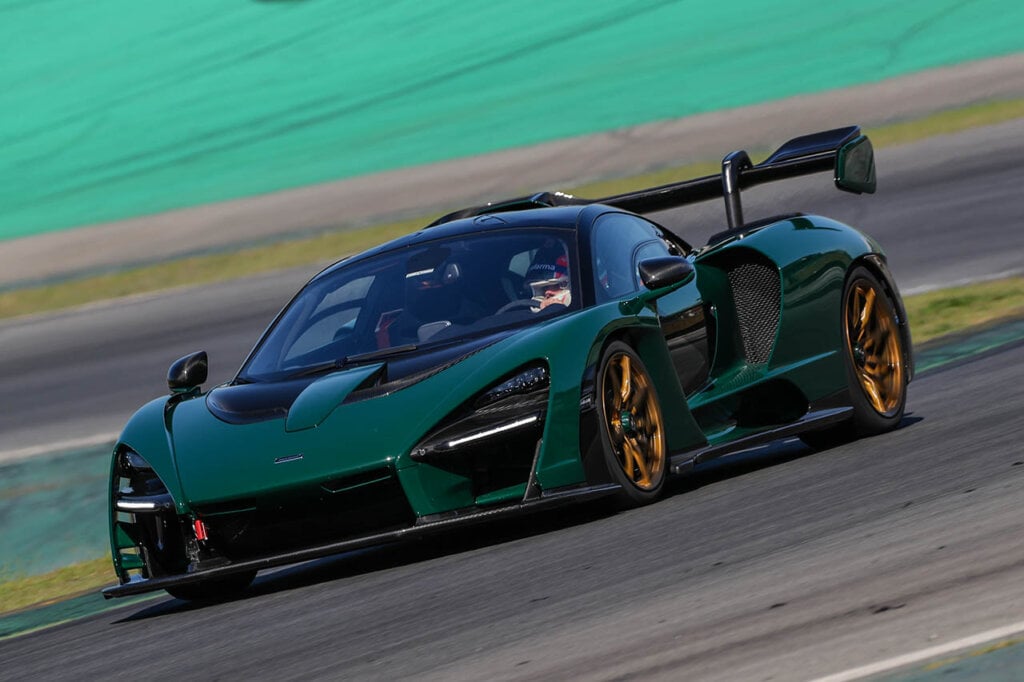
Source: McLaren Newsroom
Named after the Brazilian Formula One Driver Ayrton Senna, McLaren honored and dedicated the McLaren Senna to the driver’s success with the McLAren Formula One team from 1988 to 1993. The Senna is mainly based on the 720S, but modified with a 4.0 L twin turbocharged V8 engine, capable of producing 658 hp. The absence of an electric motor and its improved aerodynamics elements made the Senna one of McLaren’s lightest supercars.
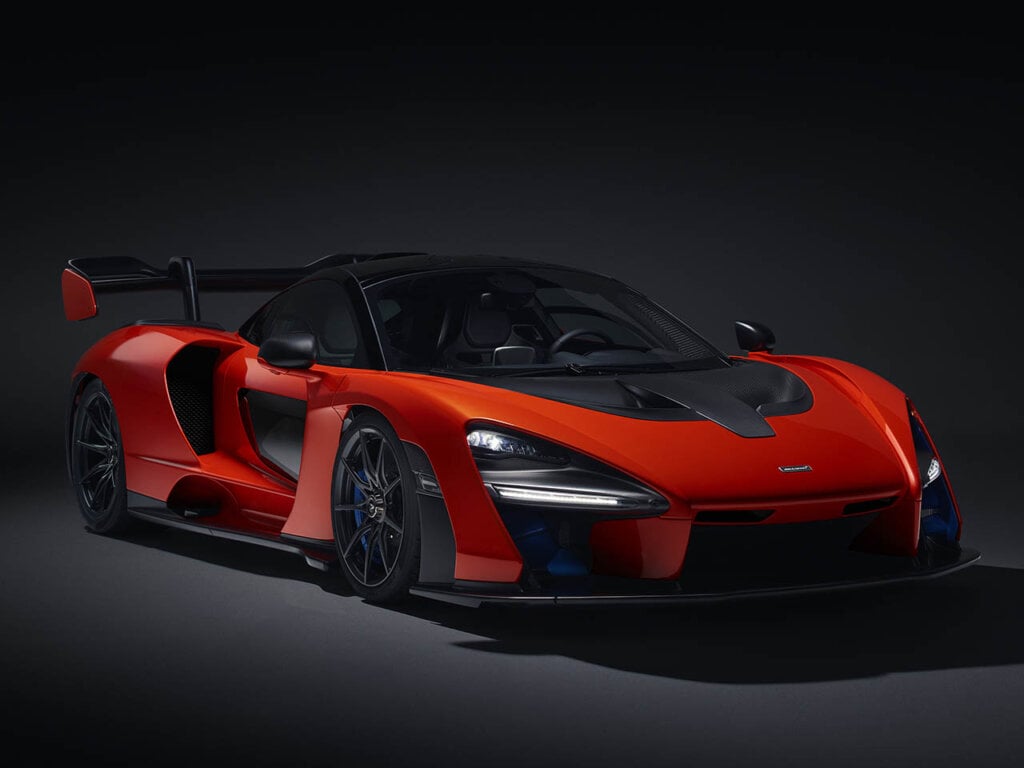

McLaren Artura
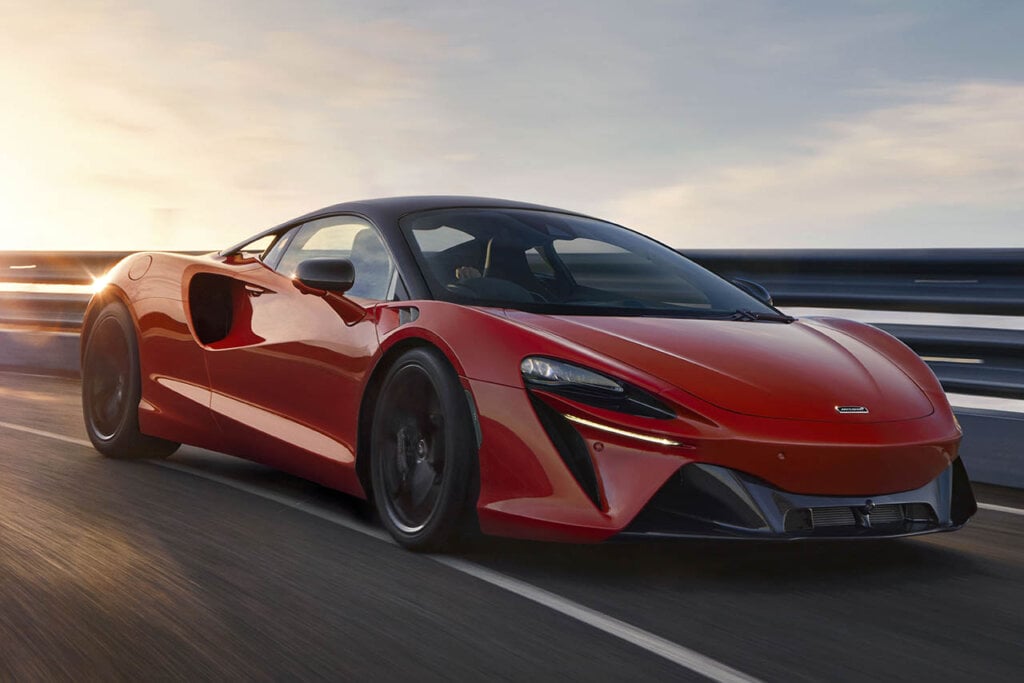
Source: McLaren Newsroom
Released in 2022, the McLaren Artura is McLaren’s second hybrid supercar since the P1 and the first one with a V6 engine. With the all-new 3.0 L twin turbocharged V6 engine paired with an electric motor, the Artura is capable of producing a power output of 671 hp at 7,500 rpm (577 without the electric motor). What made this model stand out from other V6 engines is the engine’s bank angle of 120 degrees, allowing the accommodation of “hot vee” layout. In terms of performance, the Artura can accelerate to 62 mph in 3 seconds and reach a max speed of 205 mph.

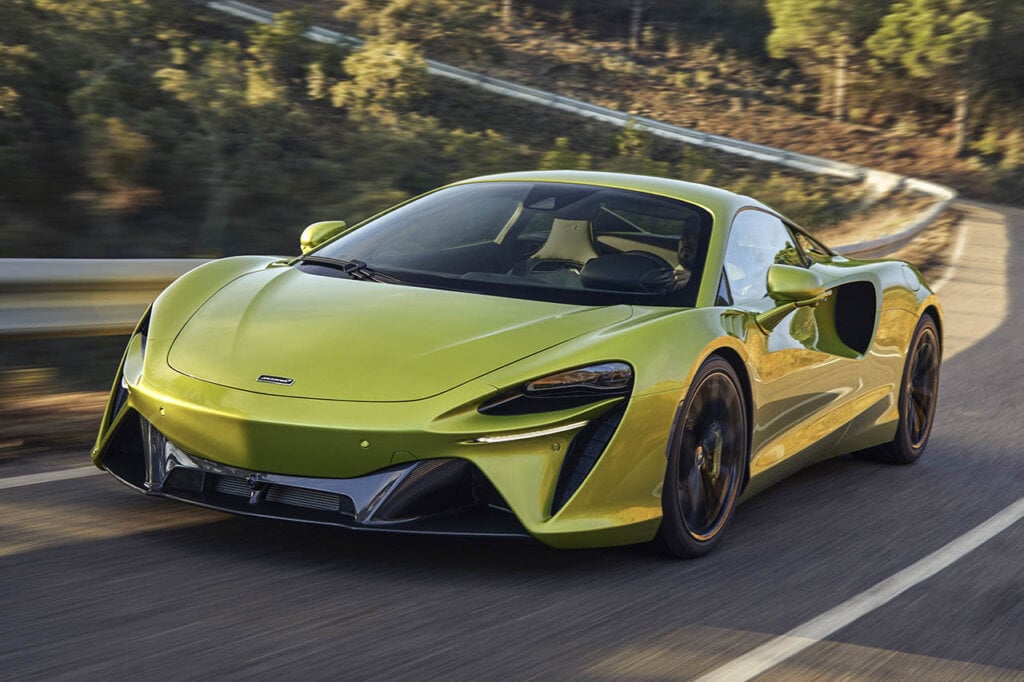
McLaren 720S

Source: McLaren Newsroom
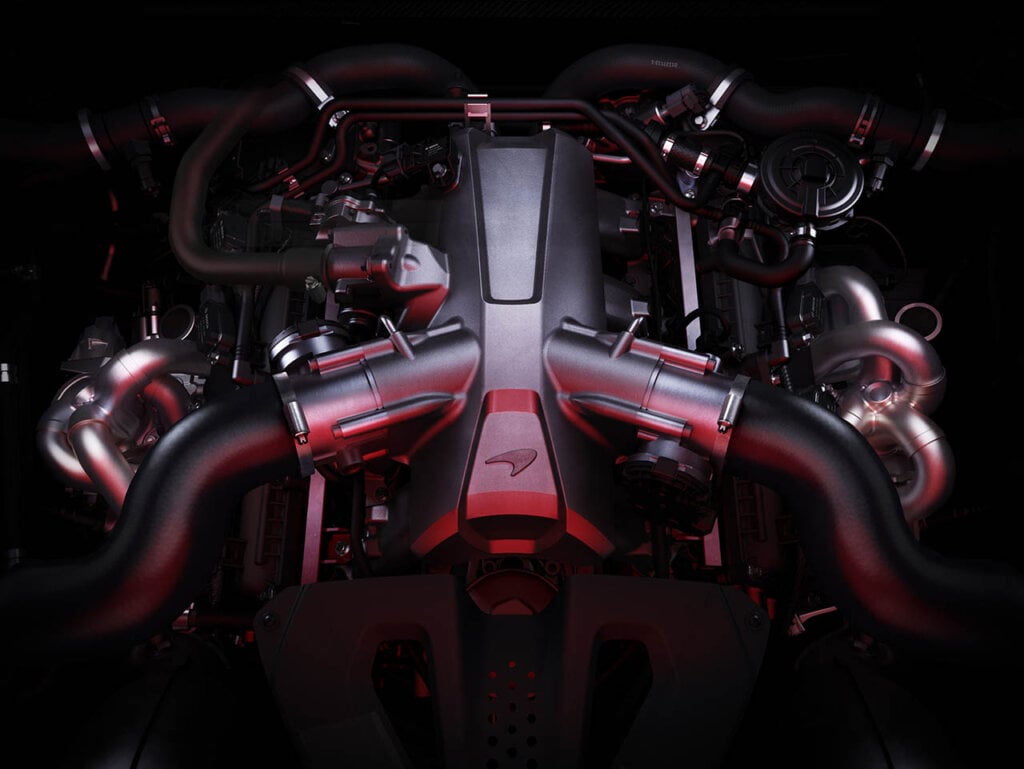

Following the 650s was McLaren’s 720s. The 720S is the first new car to be introduced by McLaren under its strategic initiative to unveil 15 new vehicles in the market by 2022. McLaren emphasizes that the 720S represents a staggering 91% new design and engineering when compared with its predecessor. The 720S’s power plant is a 4.0 L twin-turbocharged V8 engine with a rated power output of 710 hp at 7,500 rpm, far more superior and powerful than the 650S. The 720S can accelerate to 62 mph in just under 3 seconds and reaches 124 mph in a mere 7.8 seconds. It can achieve an impressive maximum speed of 212 mph and complete a quarter-mile in 10.3 seconds. For thrill seekers, the 720S features Variable Drift Mode, a function that adjusts stability control to facilitate controlled drifting of the car.

Source: McLaren Newsroom
McLaren 750S
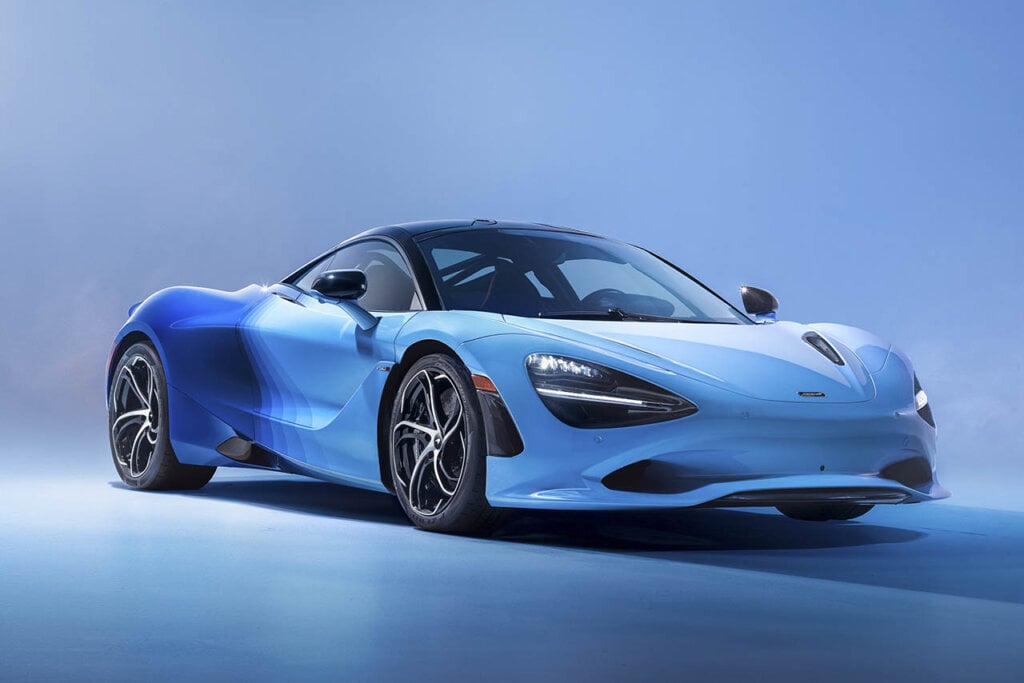
Source: McLaren Newsroom
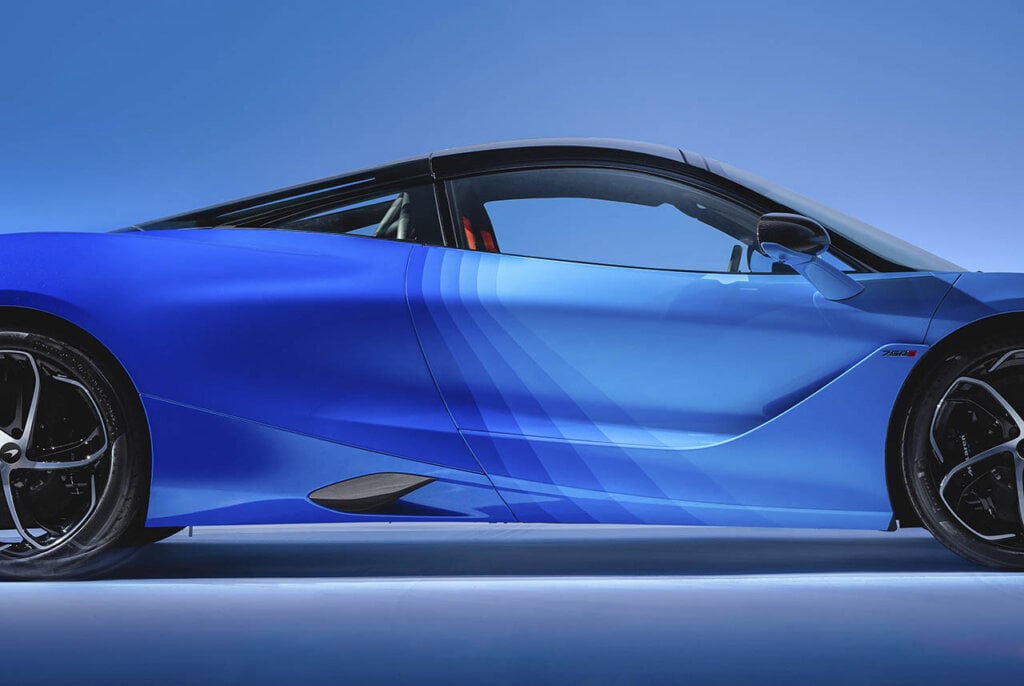

Announced in June 2023, McLaren Automotive announced the 750S as the next successor of the 720S and McLaren Automotive’s final model with an internal combustion engine. The 750S will essentially be a facelifted version of the 720S with redesigned front and rear ends and an increase in engine power to 740 hp. The new model will be much lighter and will contain newer parts and components compared to the predecessor.
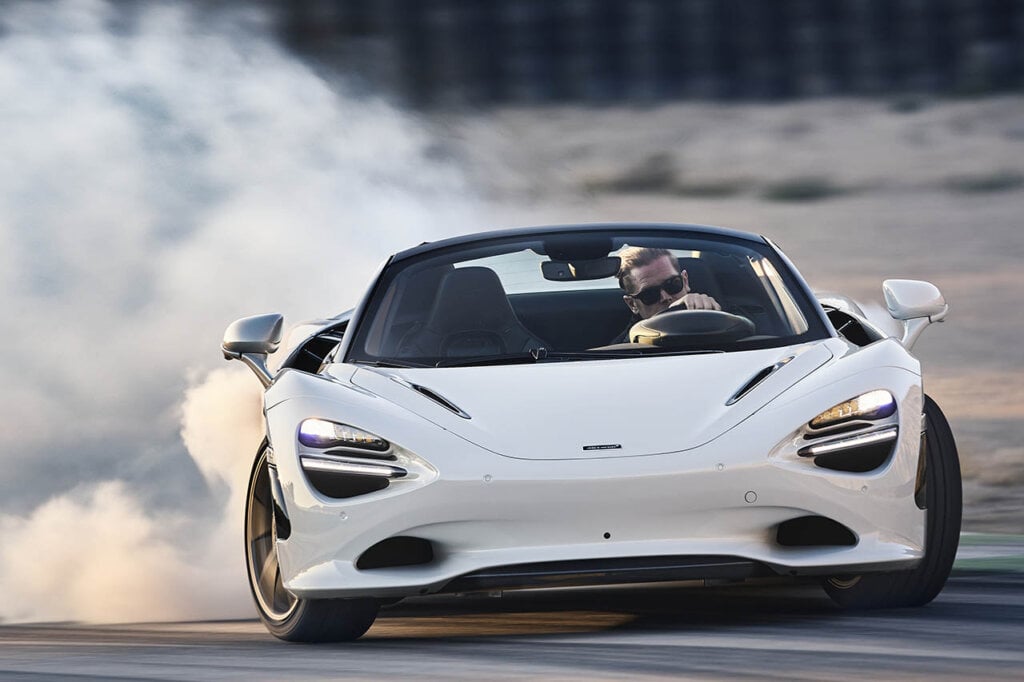
Source: McLaren Newsroom


